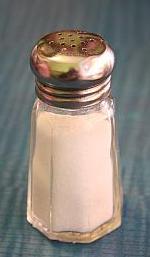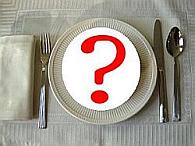A typical diet in the U.S. gets sodium from:
5% from added salt during cooking
6% from added salt while eating
12% from naturally occurring sodium in foods
77% from added salt during processing prepared foods
Notice the highest percentage of sodium source came from processed foods! I hear it a lot “I don’t use salt at the dinner table, or add much salt when I cook”. You can still get high salt content already in the food you eat or use during cooking.
Food sources for sodium consumed in the U.S.
Prepared or processed foods –
- Manufacturers use a lot of salt and other sodium compounds to increase shelf life and also to create certain desired product texture or taste. Watch out for sodium content in canned goods especially canned soups, luncheon meats and frozen foods. You would be surprised of the sodium content in your favorite snack foods, crackers, cheeses, and sodas, and beware of pickled products of any kind.
High sodium condiments and sauces –
- Sodium content can add up quickly when you use soy sauce, teriyaki sauce, Worcestershire sauce, steak sauce, barbecue sauce, smoke-flavored sauces, gravies, marinades, pasta sauces like marinara and Alfred, chili sauce, cocktail sauce, tomato puree and tomato sauce.
Natural sodium sources-
- All fresh meats – poultry, fish, dairy products, fruits and vegetables have some sodium. You do not have to worry about getting too much sodium from fresh foods unless eaten in unusually high amount. The added seasonings we use in cooking and eating may add the unhealthy level of sodium. Pickled vegetables, seasoned and cured meats especially have high sodium content.
Resource for finding sodium content in common foods:
USDA Sodium Reference Table
Related posts:
 Salt Substitute and Sea Salt for Low Sodium Diet
Salt Substitute and Sea Salt for Low Sodium Diet
Tips for Low Sodium Diet Plan
Seasonings for Low Salt Diets
Reading Label for Sodium
Sodium Chloride and Health



{ 0 comments… add one now }